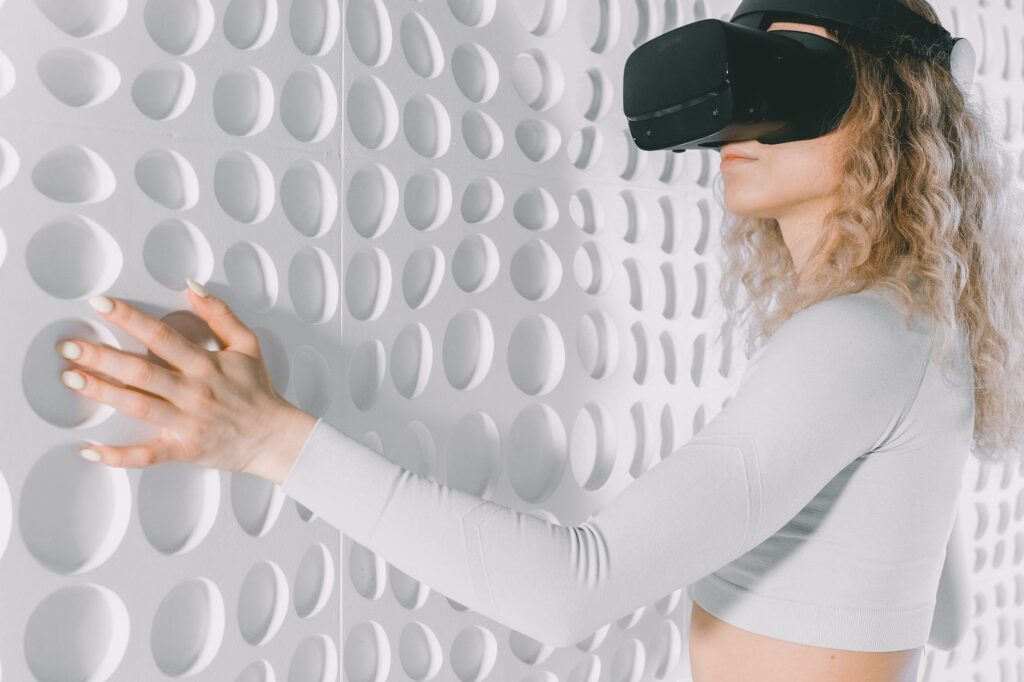The Metaverse has emerged as an exciting concept that blurs the boundaries between the physical and virtual worlds. As this digital realm expands, it is set to revolutionize the way we perceive and interact with real-world assets. From real estate and art to virtual fashion and collectibles, the Metaverse is reshaping traditional notions of ownership and transforming the value of tangible assets. Let’s delve into the impacts of the Metaverse on real-world assets and the opportunities it presents.
Virtual Ownership and Value:
In the Metaverse, real-world assets can be represented as digital tokens or non-fungible tokens (NFTs), enabling individuals to own and trade virtual versions of physical assets. This virtual ownership introduces new dimensions of value, as digital representations of assets can carry unique attributes, scarcity, and provenance. The Metaverse thus opens up new markets and possibilities for monetizing real-world assets in the digital realm.
Democratization of Access:
The Metaverse breaks down geographical barriers and offers equal access to real-world assets regardless of physical location. People can explore virtual galleries, visit virtual properties, and engage with real-world assets without the limitations of distance or travel. This democratization of access provides opportunities for wider participation, appreciation, and engagement with real-world assets, transcending traditional limitations.
Enhanced Digital Experiences:
Real-world assets integrated into the Metaverse provide immersive and interactive digital experiences. Virtual exhibitions, art galleries, and museums enable users to engage with art and cultural artifacts from around the world. Real estate properties can be visualized and virtually explored before making purchasing decisions. These enhanced digital experiences enrich the way we interact with and appreciate real-world assets, opening doors to creativity and exploration.
Dynamic and Programmable Assets:
Through the Metaverse, real-world assets can be transformed into dynamic and programmable entities. Smart contracts embedded in NFTs can enable automated royalty payments to artists or creators whenever their digital assets are sold or used within the virtual realm. This programmability introduces new possibilities for revenue generation and asset management, benefitting creators and asset owners.
Authenticating and Securing Assets:
The Metaverse offers a transparent and secure environment for verifying the authenticity and ownership of real-world assets. Blockchain technology, often used in the Metaverse, ensures immutable records and traceability, reducing the risks of counterfeit or fraudulent assets. This authentication and security framework instills confidence in the market and strengthens the value proposition of real-world assets in the digital realm.
As the Metaverse continues to expand, it is transforming the way we perceive, engage with, and derive value from real-world assets. From virtual ownership and democratized access to enhanced digital experiences and programmable assets, the Metaverse presents a myriad of opportunities for asset owners, creators, and enthusiasts. By embracing this digital frontier, we can unlock new dimensions of value, creativity, and connectivity between the physical and virtual realms, shaping the future of asset ownership and interaction in profound ways.

